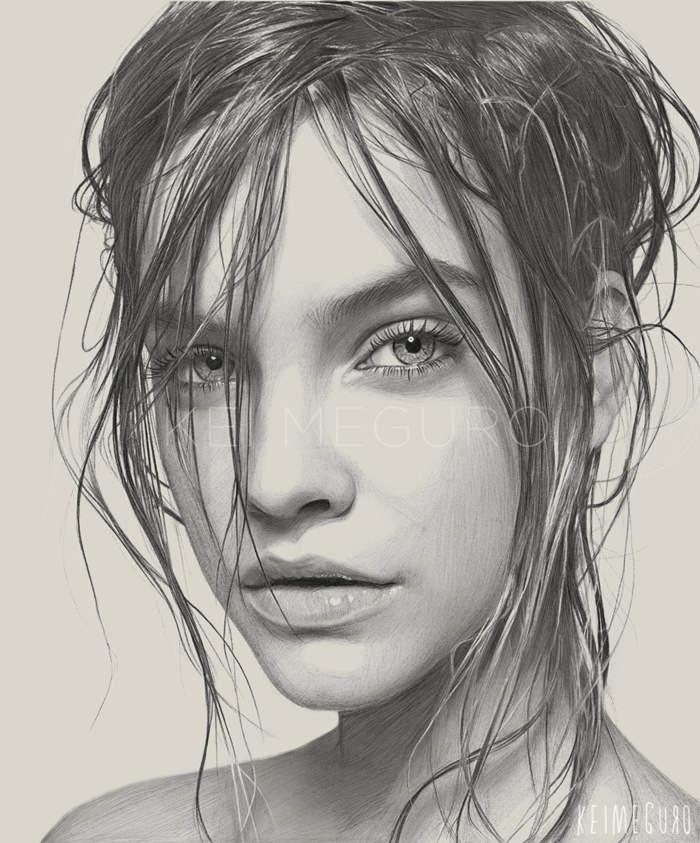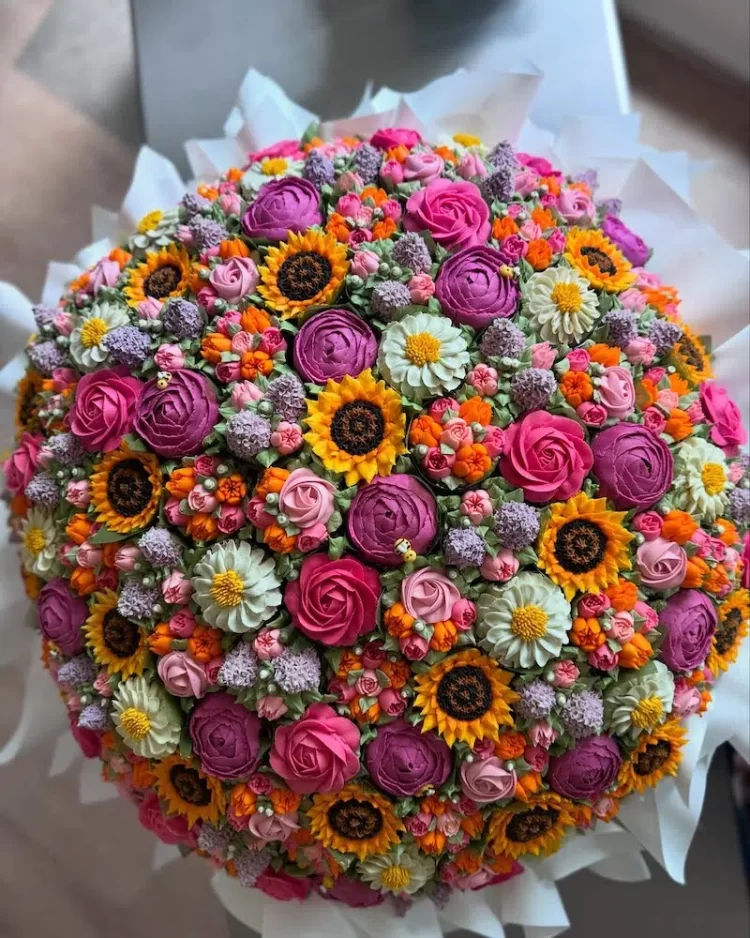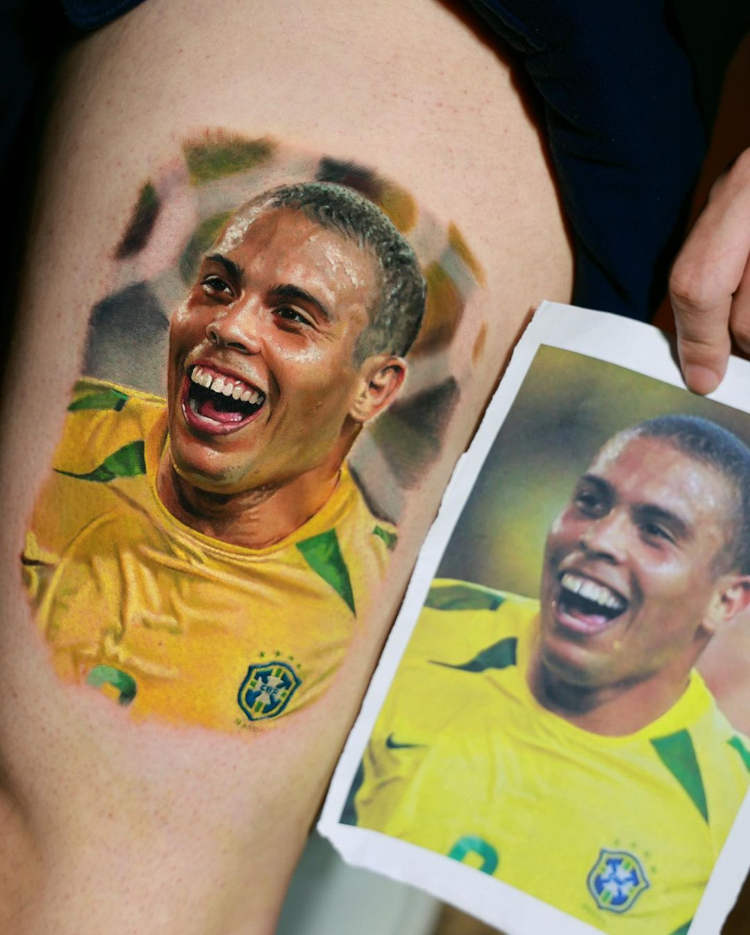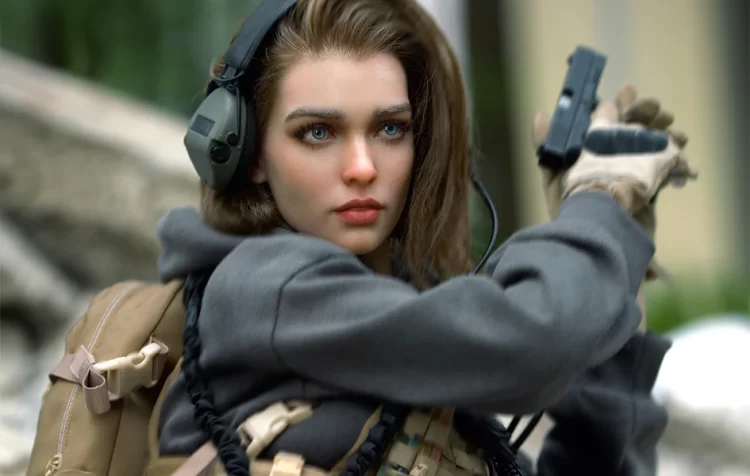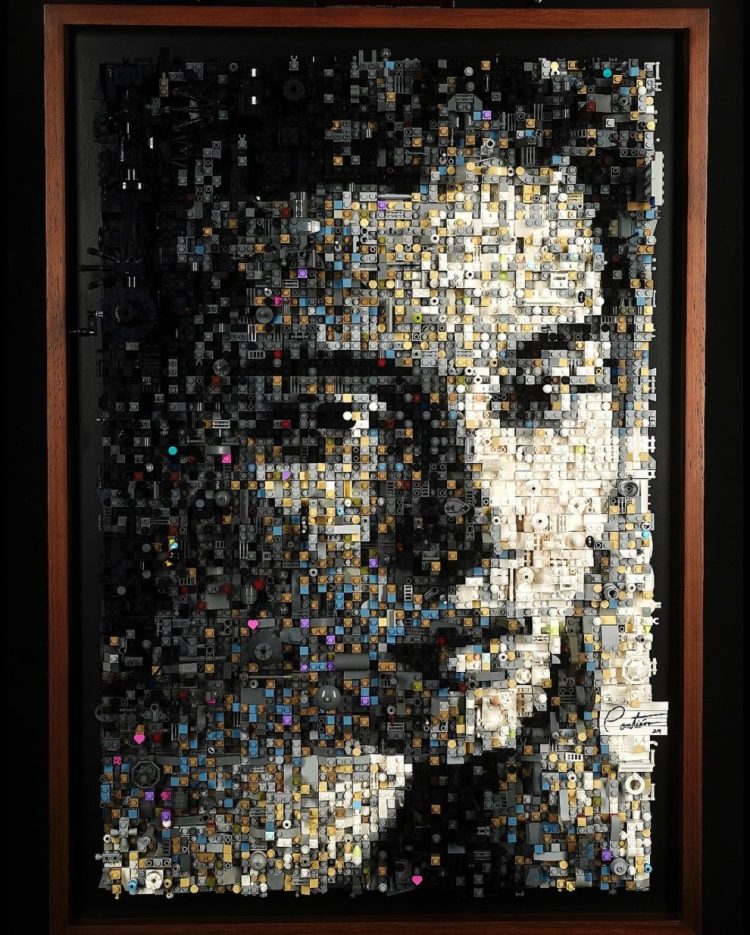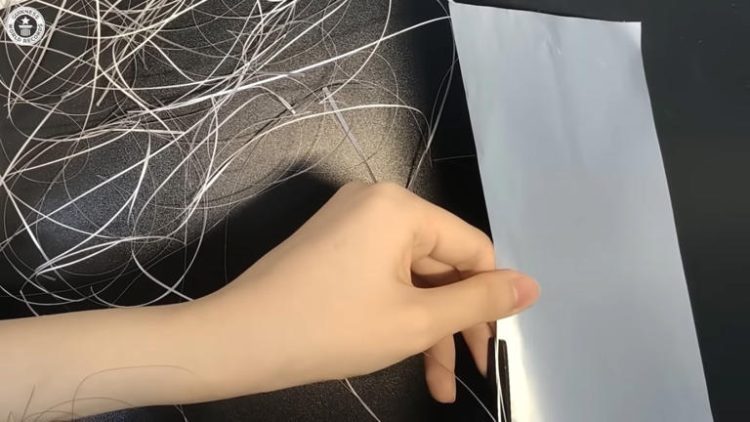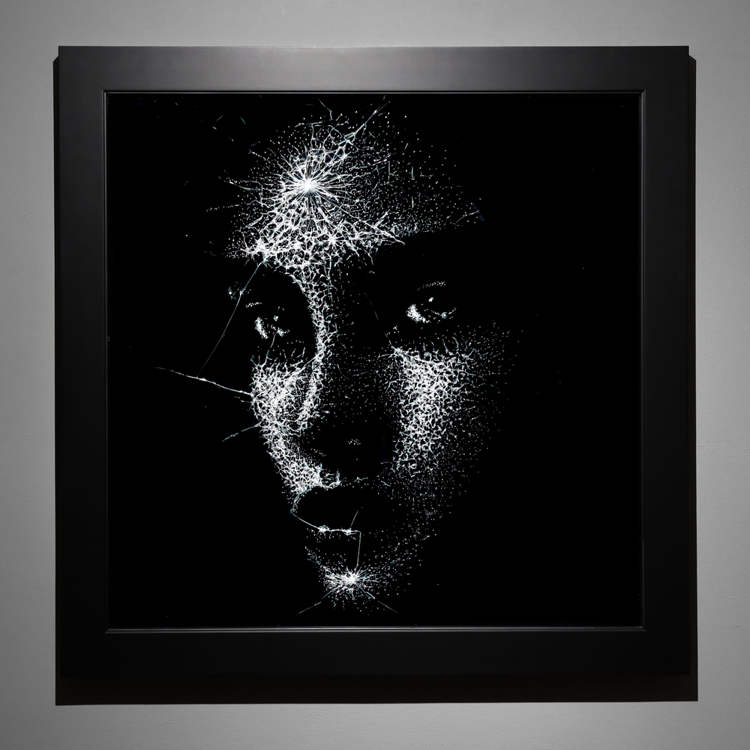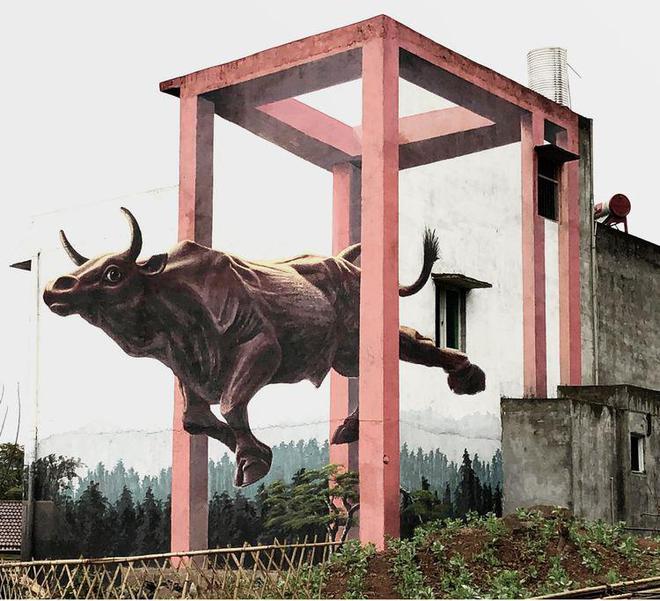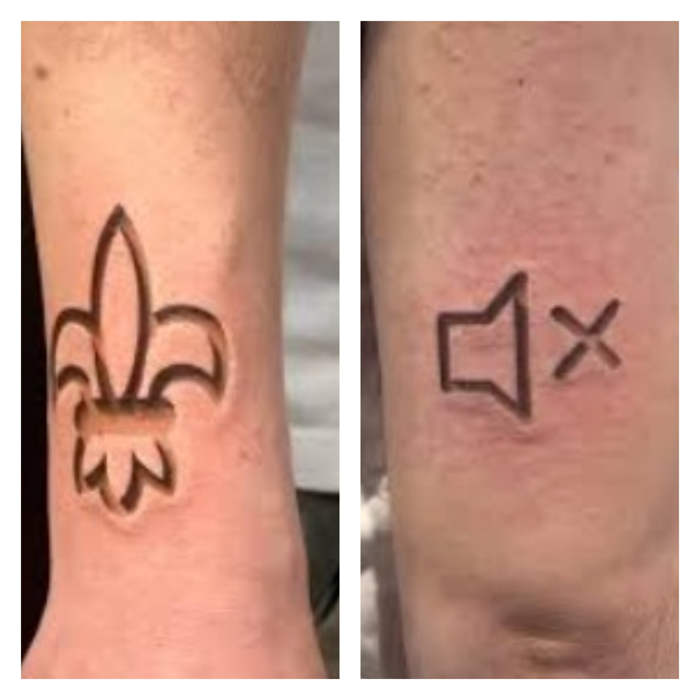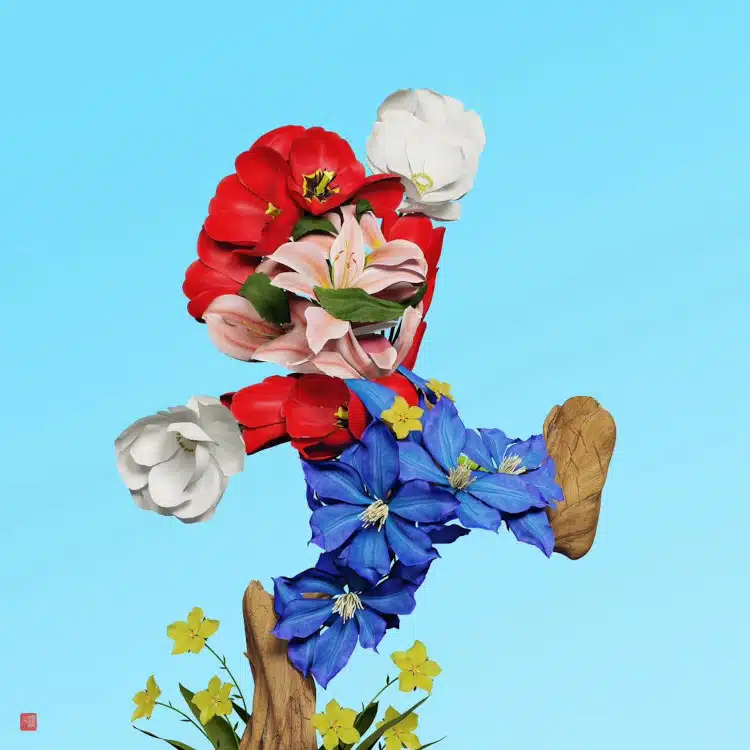Texas-based artist John Bramblitt perceives the world and everything in it through color. Fear, for instance, he says is a “red with a lot of black mixed in. It’s almost like the color of blood and dirt or soil – it’s really deep.” His paintings are stunningly vivid, bursting with color and texture. Ironically, Bramblitt is blind.
The 37-year-old has been suffering epileptic seizures since the age of two. As he grew older , the seizures became more and more frequent. “There would be months I’d have so many seizures I couldn’t count them,” he said. His vision gradually began to deteriorate since age 11 – at first it would become blurry and then eventually clear up. But with time, it cleared up less after each episode, and by 2001 he had become completely blind.
The loss of vision was a terrible blow for Bramblitt, sending him into what he calls the “deepest, darkest hole” of depression. “All of the hopes and dreams that I had for my life; all of the plans for what I would do after I graduated school were gone,” he said.
“I was not only depressed, but in mourning. The life that I had, along with the future I was planning, was dead and gone. I felt like I had no potential; that basically I was a zero. I had to learn a new way to write, and drawing just seemed silly. The idea of a blind person drawing just didn’t make any sense.”
Bramblitt was at his lowest when something changed – a year after he became completely blind, he decided to bring colors back into his life. “The focus was more on trying to retain as much vision as I could, and once it was gone, the focus switched to learning to adapt,” he said. So he picked up a bottle of glue and began to draw outlines that he could feel after the glue dried.
He then switched to a special type of fabric paint with raised edges. His first drawings were misshapen and clumsy, but just the fact that he could connect lines and curves gave him hope. “It wasn’t until I lost my sight that I became brave enough to fail,” he said. “Even if the paintings didn’t look good, I didn’t have to see them.”
Since then, he has spent countless hours practicing and mastering the art of painting without sight. And he got really good at it – paintings that once took him 14 hours to complete were now coming to him faster. His concentration and focus increased, and his work became bolder and more vivid. They soon became a medium for him to express how he perceived colors and shapes.
Bramblitt starts by forming a picture in his mind and then uses fabric paint to produce outlines that can be felt with his fingers. The braille on the tubes of paint help him identify colors, but over time, he has learned how to recognise them by touch – white, for example, is thick like toothpaste, while black is runnier. So he uses this technique to mix shades and fill them into the outlines.
In the past decade, Bramblitt’s work has received several honors and media attention. “I’ve been doing a lot of paintings of eyes,” he said in an interview. “I’m really caught up with the idea of perception. The way people look at things and the way 20 different people can look at one thing and see 20 different things. I think that’s amazing.”
Bramblitt admitted that he used to fear becoming blind, but he no longer views it as a handicap. “I always imagined that blindness was a huge difference. But the reality is, it’s really not that different. I can do pretty much everything that I could do before.”
“In a way, I am glad that I became blind,” he said. “This makes more sense when you stop thinking about adversity as an obstacle, and start viewing it as an experience – something that you can learn from and grow from. Life for me now is way more colorful than it ever was.”
Sources: New York Times, CBS News, Bored Panda









